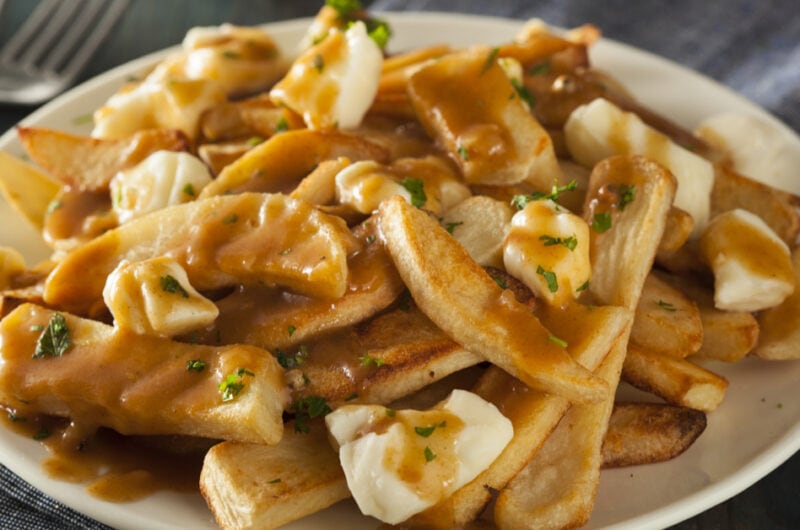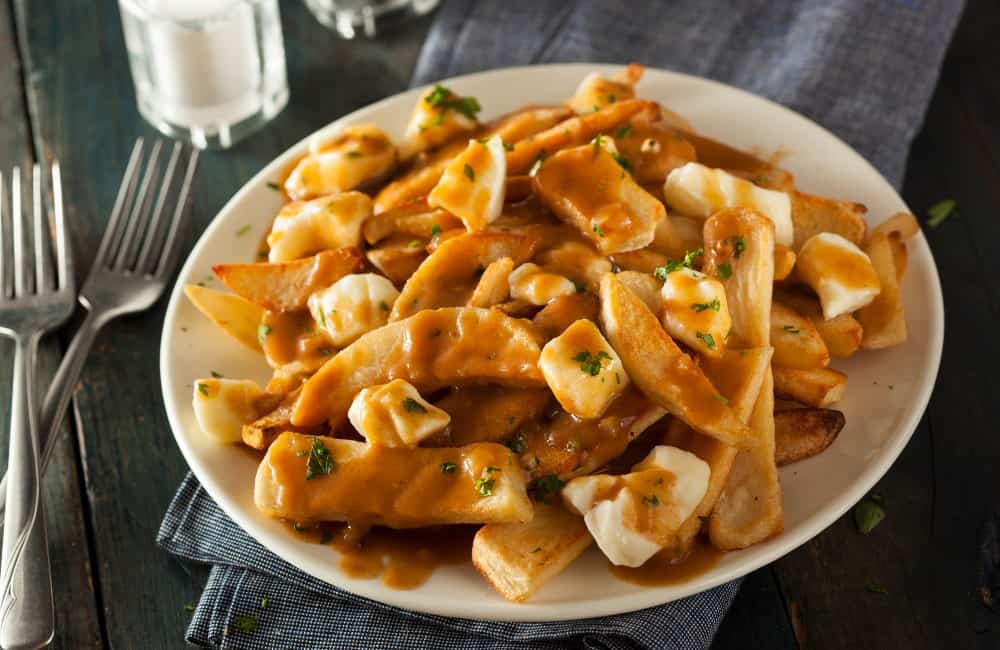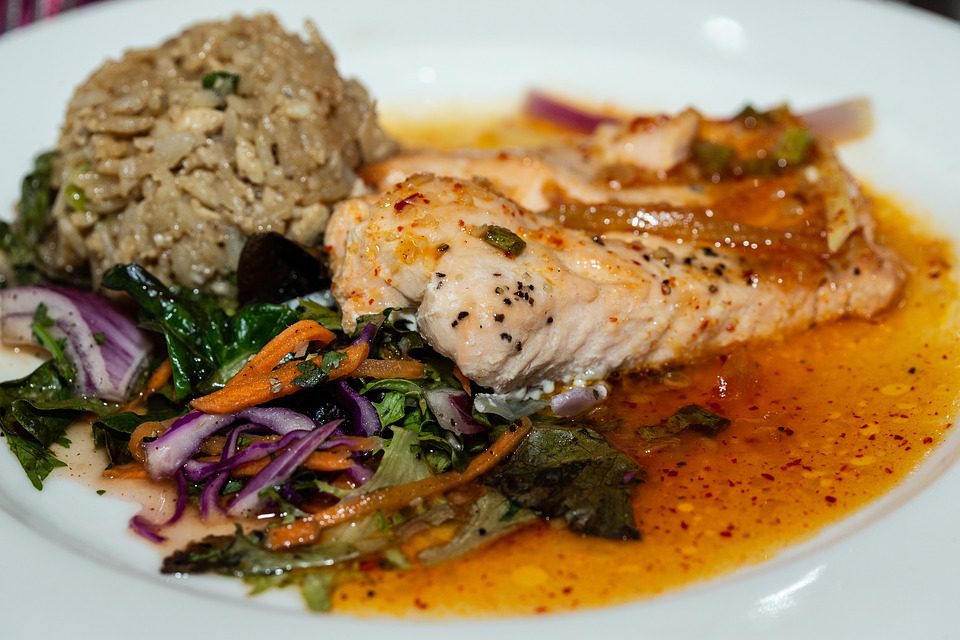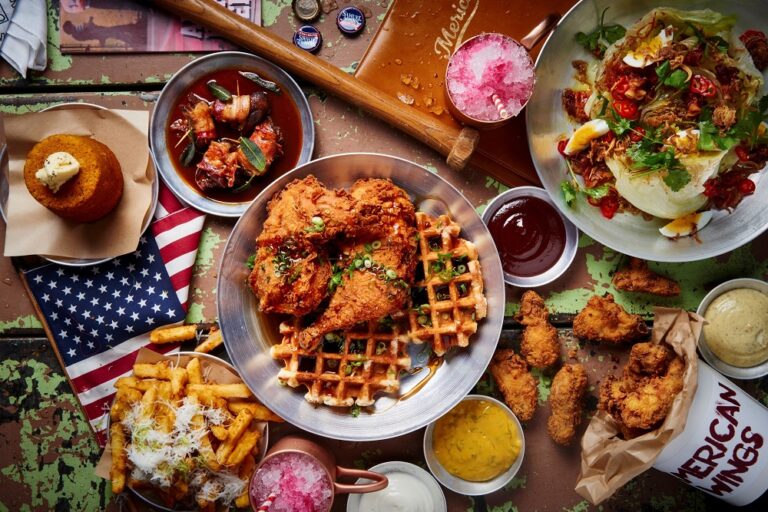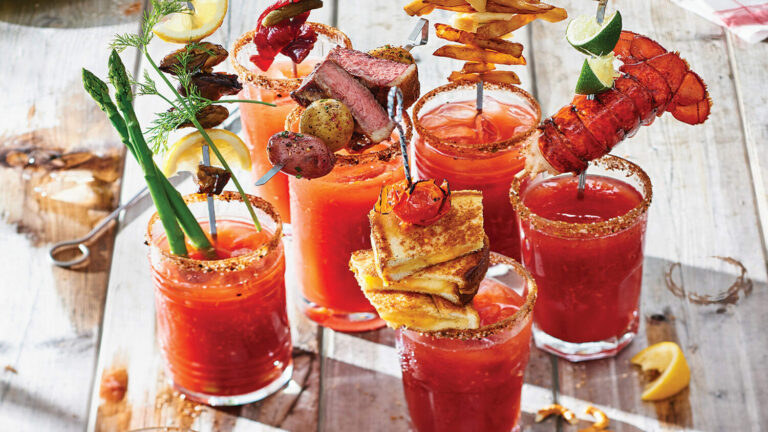Introduction: Canadian Cuisine
Canadian cuisine is a rich and diverse blend of cultural influences that have shaped it over centuries. The cuisine of Canada reflects the country’s vast geography, history, and multi-cultural mix, making it unique in its own way. Canadian cuisine is sometimes described as a “fusion” of various culinary traditions, and its influences go as far back as the indigenous people who first inhabited the land.
The History of Canadian Cuisine
The history of Canadian cuisine dates back to the indigenous people who hunted, fished, and gathered food from the land. These people had a profound influence on the country’s culinary traditions and introduced ingredients such as maple syrup, wild berries, and game meat. Later on, European explorers arrived in Canada, bringing with them their culinary traditions. This marked the beginning of the influence of European cuisines such as French and British on Canadian cuisine.
Indigenous Influence on Canadian Cuisine
Indigenous cuisine has had a profound impact on Canadian cuisine. The indigenous people were the first to use maple syrup as a sweetener and introduced other ingredients such as wild game, fish, and berries. Today, indigenous cuisine is becoming more popular, with many restaurants serving traditional dishes such as bannock, salmon, and wild rice.
French Influence on Canadian Cuisine
The French colonized Canada in the 17th century, and their culinary traditions had a significant impact on Canadian cuisine. French cuisine introduced dishes such as poutine, tourtiere, and crepes. French cooking techniques such as sautéing and braising are widely used in Canadian cuisine, and French wine is also a popular drink in Canada.
British Influence on Canadian Cuisine
British colonization of Canada introduced British-style cooking traditions such as fish and chips, roast beef, and shepherd’s pie. The British also introduced tea culture, and tea is still a popular beverage in Canada. British cuisine has had a lasting impact on Canadian cuisine, and many Canadian dishes have their roots in British cooking.
Immigrant Influence on Canadian Cuisine
Immigrants from all over the world have played a significant role in shaping Canadian cuisine. Chinese immigrants introduced dishes such as chop suey and egg rolls, while Italian immigrants brought pizza and pasta. Greek immigrants introduced dishes such as souvlaki and tzatziki, and Indian immigrants introduced curry dishes. Today, Canadian cuisine is a fusion of many different cultures, making it unique and diverse.
Regional Specialties in Canadian Cuisine
Canada’s vast geography means that different regions have their specialties. For instance, Quebec has poutine, tourtiere, and maple syrup, while the Atlantic region is known for its seafood, such as lobster and scallops. The prairies have beef and grain-based dishes, while the west coast has salmon and sushi dishes.
Conclusion: Diverse Influences on Canadian Cuisine
In conclusion, Canadian cuisine is a rich and diverse blend of cultural influences that have shaped it over centuries. Indigenous peoples, French and British colonizers, and immigrants from all over the world have all contributed to Canadian cuisine. Regional specialties also add to the diversity of Canadian cuisine. Today, Canadian cuisine is unique in its own way, and its fusion of culinary traditions makes it one of the most exciting cuisines in the world.

